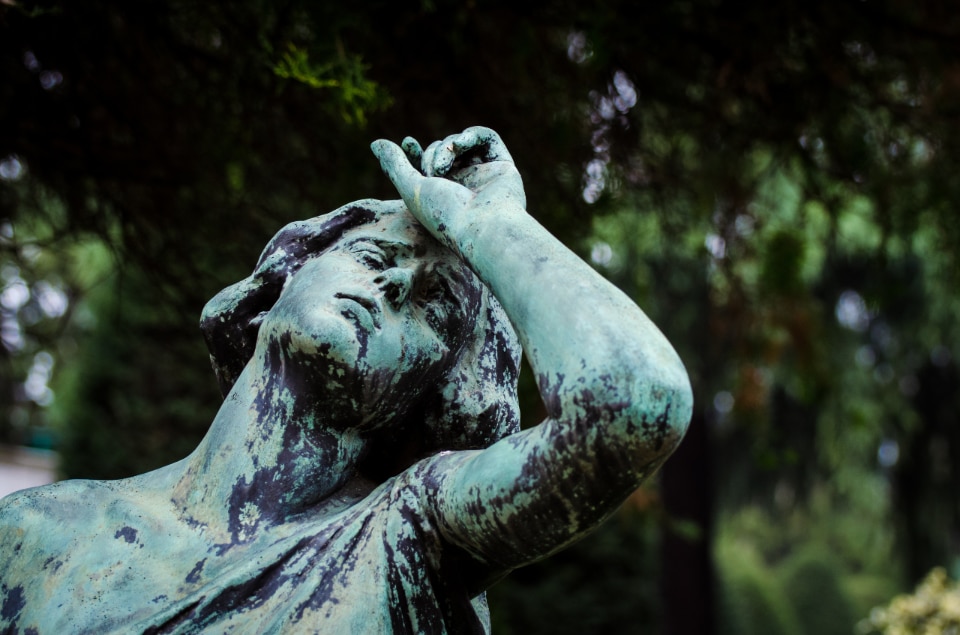by Giovanni Comoglio
Let’s start with a familiar phrase: Fuorisalone reshapes Milan’s landscape for an entire week. Let’s try to deconstruct it – quickly, as Design Week already offers plenty to discuss – and understand its meaning without feigning detachment, because if this phrase reflects reality – and it certainly does – the media are fully responsible for it. During Design Week, Milan’s map is redrawn: the districts – Brera, 5 Vie, Tortona, the newcomers and the memories of the past – the venues, the openings of places impossible to visit during the rest of the year, hubs of observation, listening, drinking, be it freely or by desire.
A great collector, expanding more and more, beyond its original boundaries, reaching Brianza and touching the outskirts of Linate and Barona. A collector of interests and stimuli, but also a great instigator of FOMO, if not impatience, for those uninterested or unable to join the ranks of design enthusiasts. Inclusivity, a key term during Fuorisalone – though never as prominent as “immersive” – relates precisely to this: can one survive, if not truly live, in Milan during Design Week, as a stranger to the festivities, a patient observer, or a fully engaged participant who, by the third day, begins to yearn for mountains and meadows, realizing that this longing cannot be attributed solely to one too many Sbagliatos?
Is it possible to navigate between districts, venues, showrooms, and inevitable events in search of something different, without feeling like a fugitive on the run? Without a doubt, yes.
The principle here is that of design for all: everyone, regardless of advantage or handicap, should be able to enjoy and benefit from the same object, and this time the object is Milan.
This curated selection, which aims to make Milan accessible to those looking for “just a city” and not the epicenter of the design world, will take you to a mountain, a modernist retreat, or a stroll through a contemporary art masterpiece, without having to breach the city’s ring road defenses.
1. A book in the Sormani Library
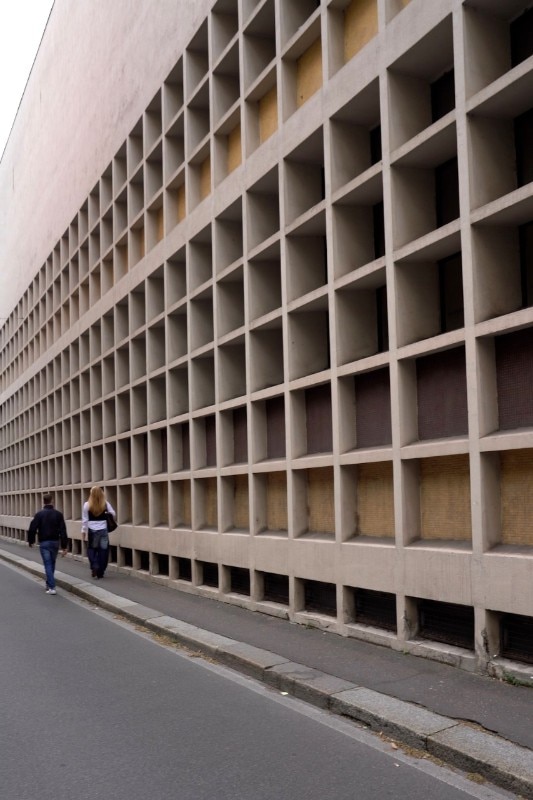
We are in the heart of the city, a stone’s throw from the Renaissance splendor and exhibition fireworks of the Università degli Studi, and Milan reveals one of its modern architectural gems, perhaps the one with the most modest yet complex personality: Palazzo Sormani. Designed and built between 1948 and 1956 by Arrigo Arrighetti – the architect who, as a municipal employee and administrator, gave the city treasures such as the Brutalist church of San Giovanni in Bono – the building was restored after the heavy bombing of the Second World War to serve as the seat of the municipal library.
If you want to avoid being covered in the dust of past civic welfare, as one of us aptly remarked, you can instead immerse yourself in the tranquility of a modern reading room, where soft light floods the rooms and background noise gently fades away. Before entering or leaving, take a moment to admire the rational grid pattern that adorns the side walls with its hypnotic box pattern.
2. Climbing Monte Stella
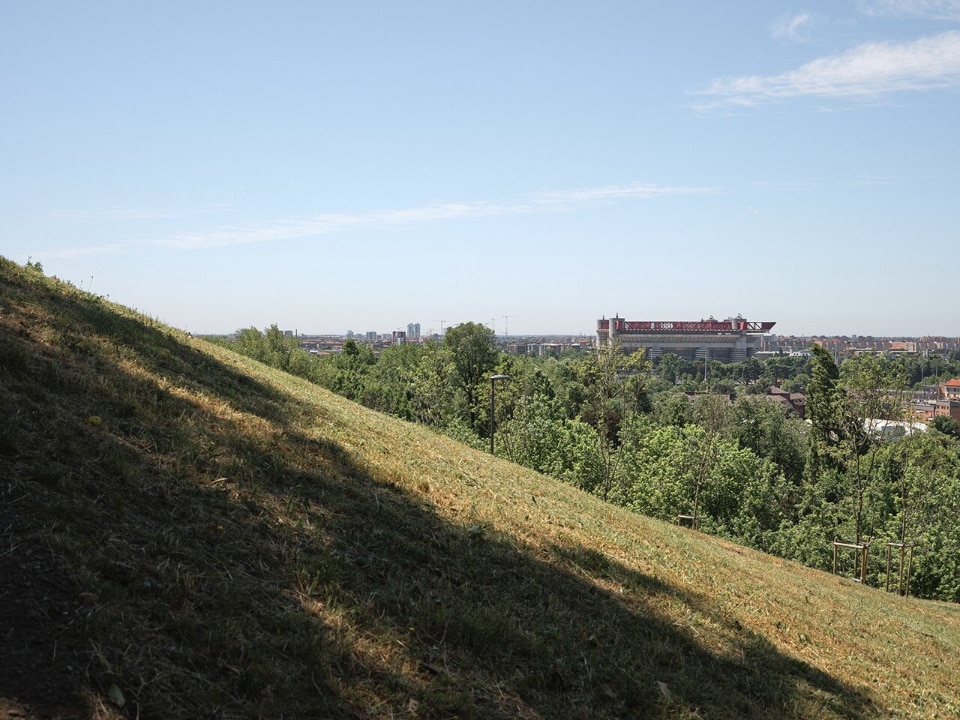
Milan has no rivers (more or less), no seas, no hills, no mountains. Well, the latter statement is not entirely accurate. We’re not talking about the Alps, which are often obscured by smog, but rather about another curious feature of modern Milan: Monte Stella. Standing at 45 meters tall, it was constructed from the late 1940s using the rubble from the bombings of the Second World War, as well as remnants of the demolished Spanish walls. From this unique vantage point, you can see many chapters in the city’s history: from the towers of CityLife to the QT8 housing experiments, a project in which Monte Stella has always played a role. In the middle of the panorama, you’ll see the San Siro stadium, the ubiquitous Duomo and, when you're finally able to tear your eyes away from the panorama, a splash of green.
3. Enjoying the Milanese landscape at Porta Romana
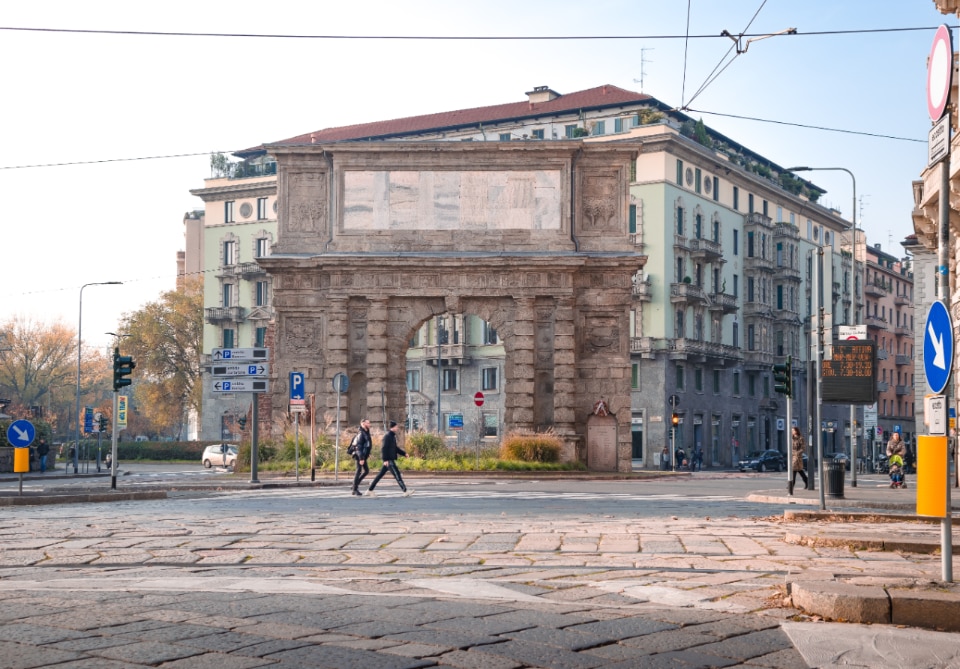
Located southeast of the Spanish Walls, near the path that later became the Autostrada del Sole, a district of Milan flourished over the centuries. From 1884, it became one of the areas where Cesare Beruto’s vision of wide avenues and parks was most vividly realized. Here, amidst the hustle and bustle of daily life, you can experience a neighborhood largely untouched by the slightest hint of Design Week. At the same time, you can immerse yourself in the history of modern architecture, which has been seamlessly integrated into the nineteenth-century buildings over the decades. To name just a few: the residence on Via Quadronno by Mangiarotti and Morassutti, and the Arcadia Gardens complex by Castelli Ferrieri, Gardella and Menghi.
4. Exploring the Cimitero Monumentale
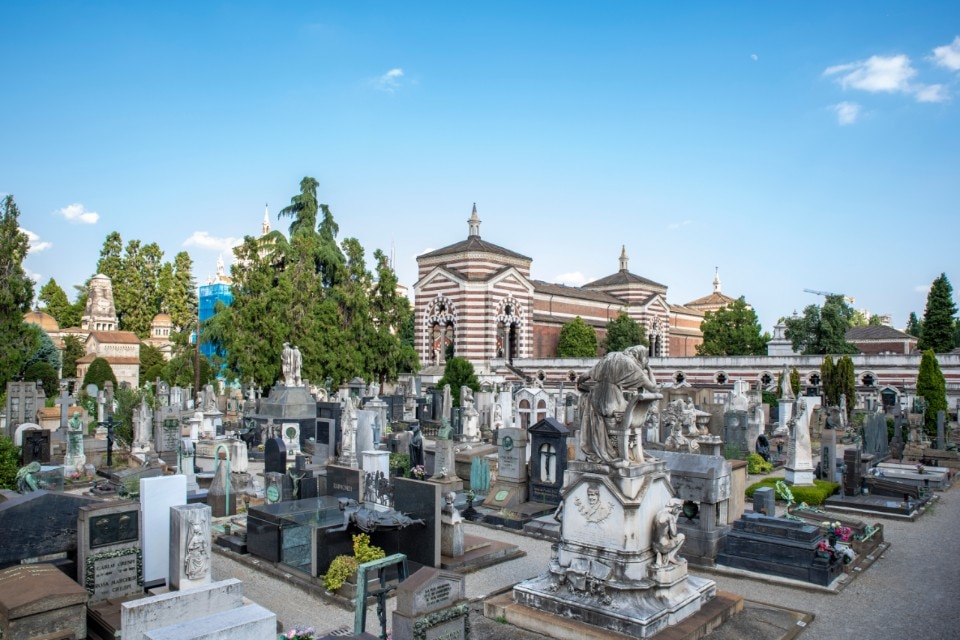
Corpi Celesti (Heavenly Bodies) is a stroke of theatrical brilliance from the equally ingenious Catalan group El Conde de Torrefiel. It reinvents the often overlooked podcast format, inviting the viewer/listener to rediscover... cemeteries. In Milan, the focus is on the Cimitero Monumentale behind Paolo Sarpi (and its surrounding district), which in the theatrical narrative is transformed into a realm of dreams and slumbering souls. Here visitors can wander among the stories waiting to be rediscovered or simply explore the city of the dead, creating a suspended space within the realm of the living. The monumental crypts house the remains of some of Milan’s most famous personalities. It’s a space of silence and, dare we say, beauty. Brought to Italy by Triennale Teatro, Corpi Celesti will be available throughout Design Week and beyond until May 1.
5. Walking among Kiefer’s Heavenly Palaces at Hangar Bicocca
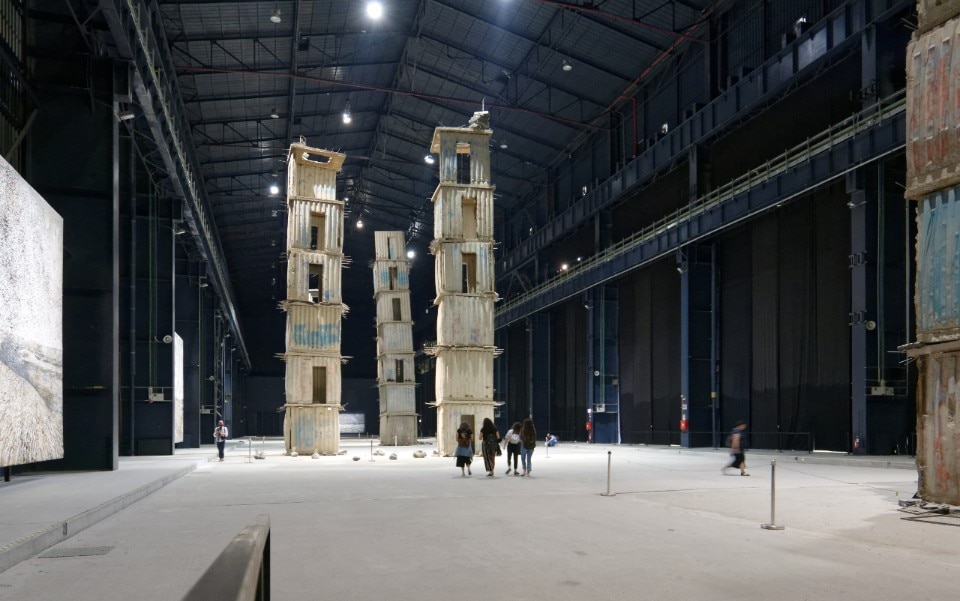
From heavenly bodies to the Heavenly Palaces, the transition is swift, quite literally. In 2004, following the closure of the Breda plants towards Sesto San Giovanni, which had long characterized the area as one of northern Italy’s foremost industrial quadrants, Pirelli established its contemporary art complex.
This complex has since evolved into an urban and cultural focal point. The seven Heavenly Palaces mentioned earlier house Anselm Kiefer’s monumental work, permanently installed inside the Hangar. With free access to the entire structure, it functions as a de facto public space, allowing visitors to wander freely amidst Anselm Kiefer’s artistry.
6. Bonus track: Off to Venice
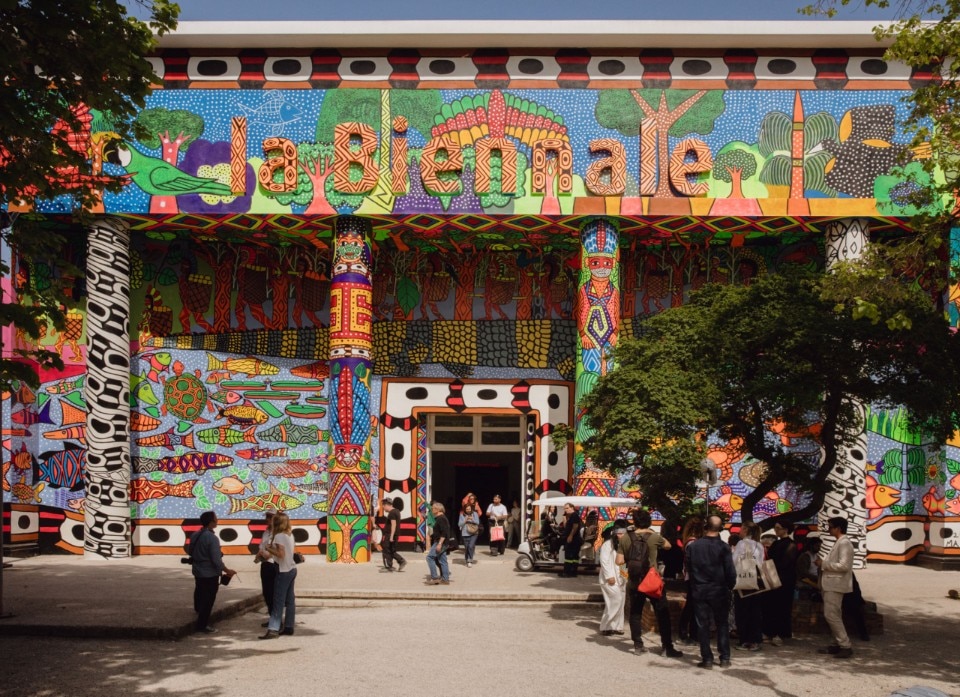
We’ve played a little trick on you: while there are indeed 5 venues in Milan, the radical act of subtracting yourself from Design Week amid the overlapping events in 2024 involves hopping on a train and traveling within three hours to the art circus that is the Biennale. Admittedly, the reduction in FOMO is not guaranteed in this case – these are pre-opening days, so access to the Arsenale and Giardini isn’t available to everyone – but the anticipation is already palpable, from Pierre Huyghe at Punta della Dogana to Berlinde de Bruyckere at San Giorgio Maggiore, from Jean Cocteau at the Guggenheim to Lalanne at Palazzo Rota Ivancich.


